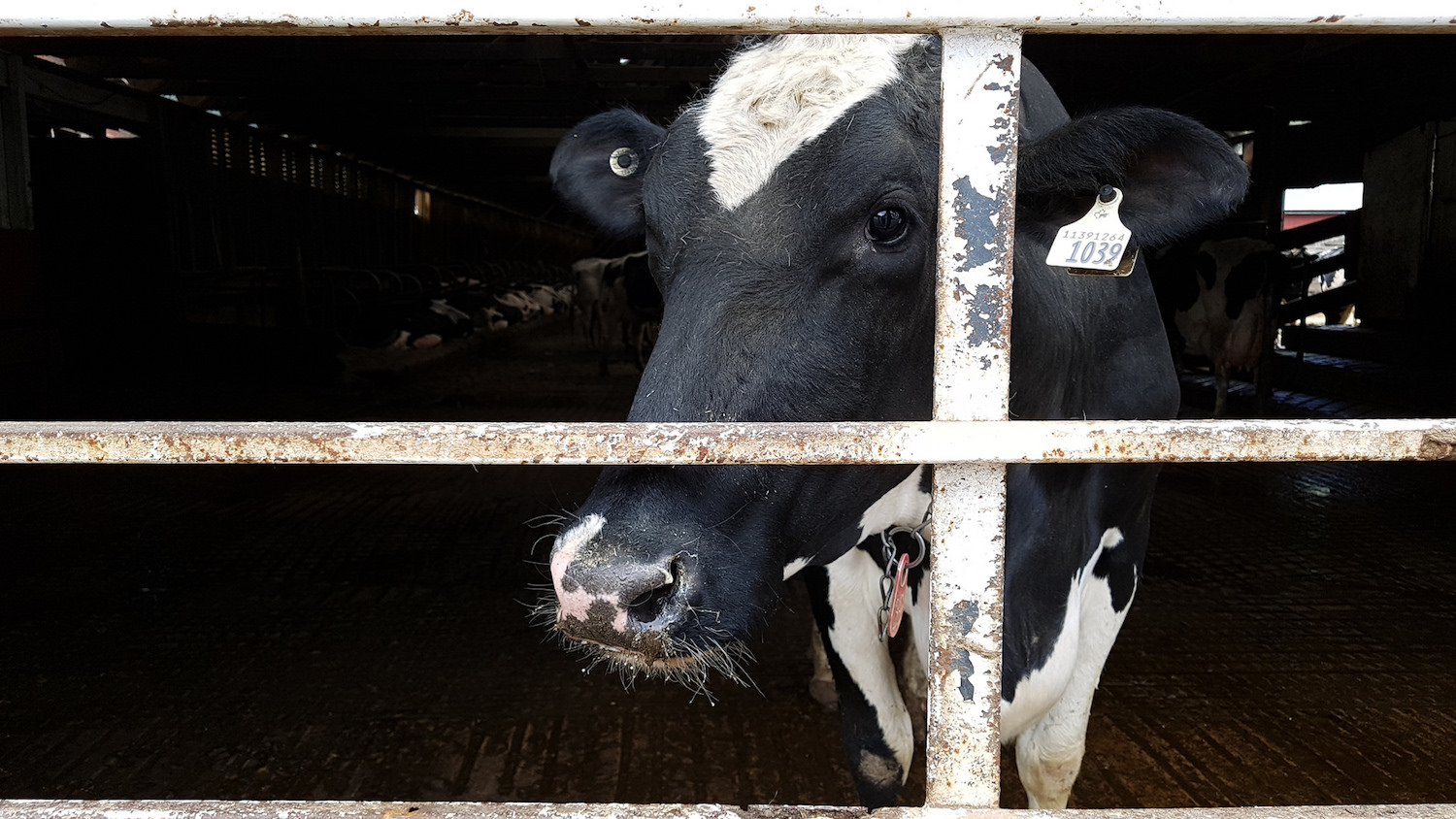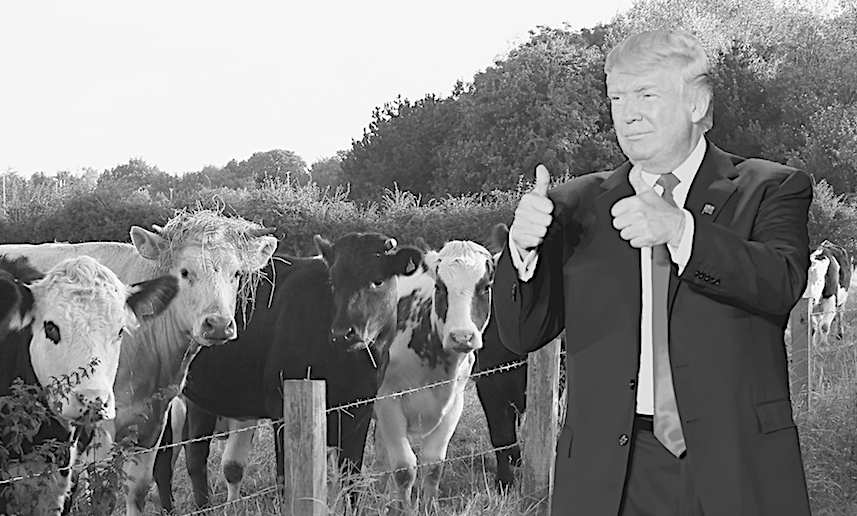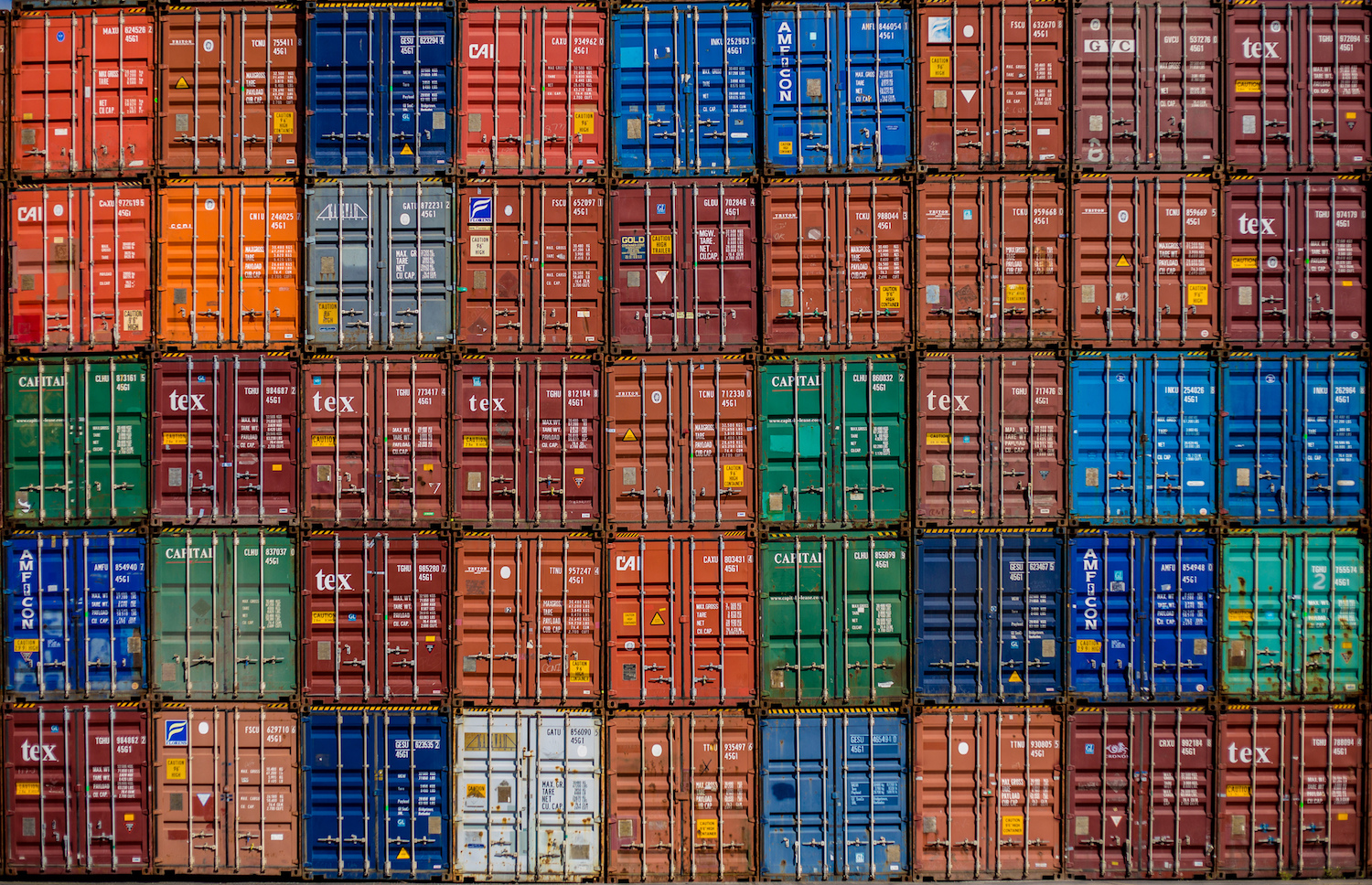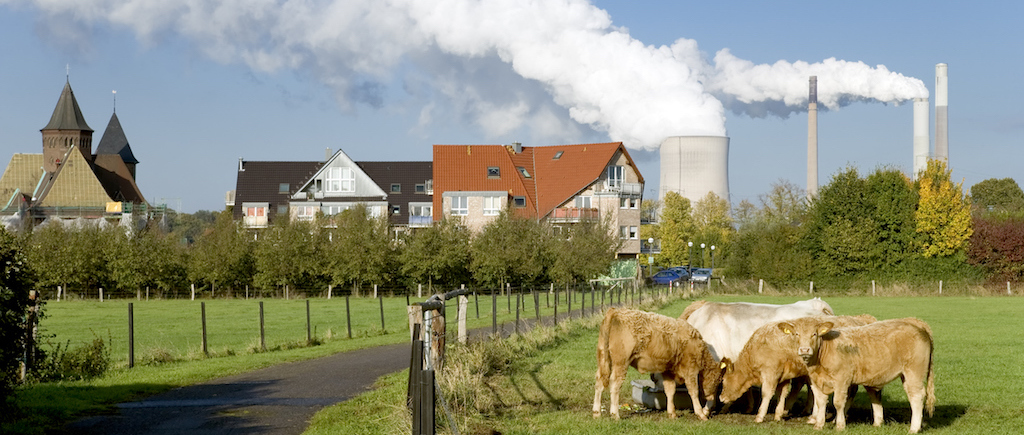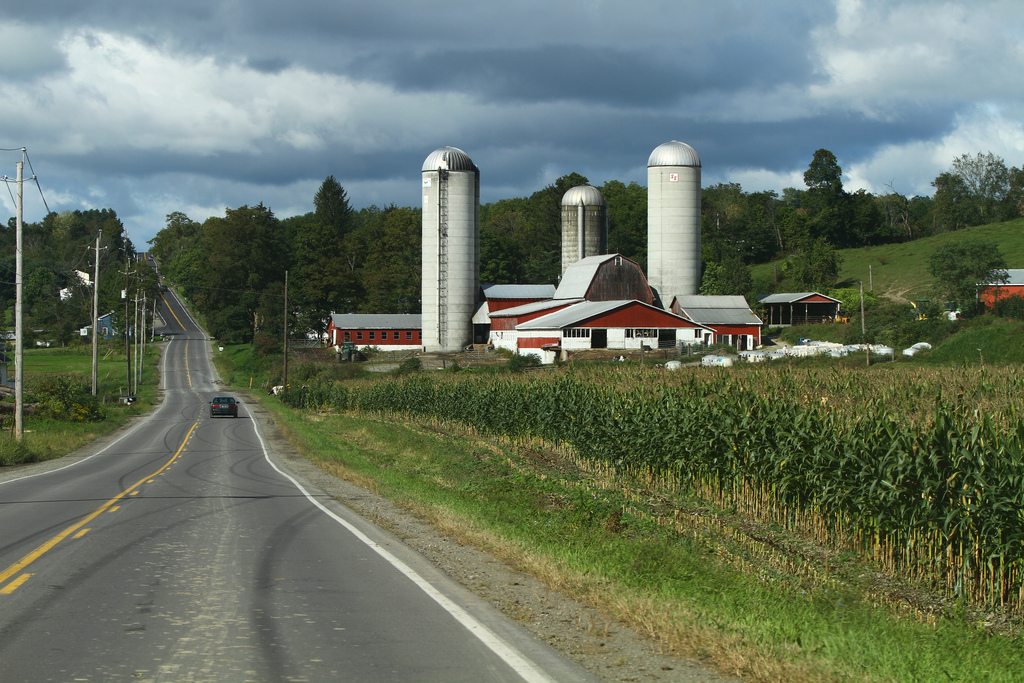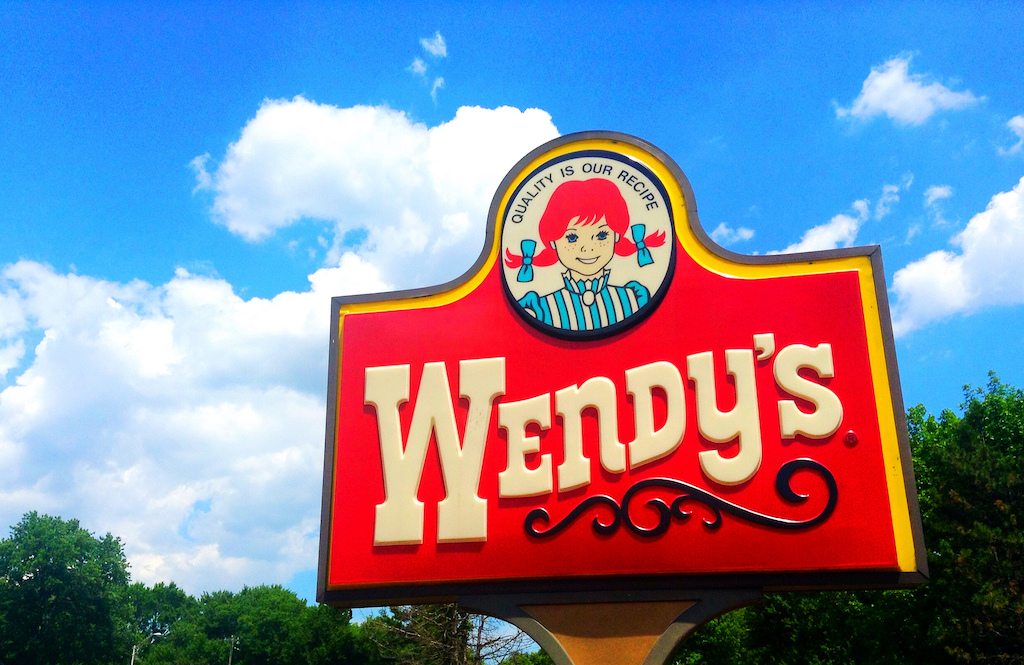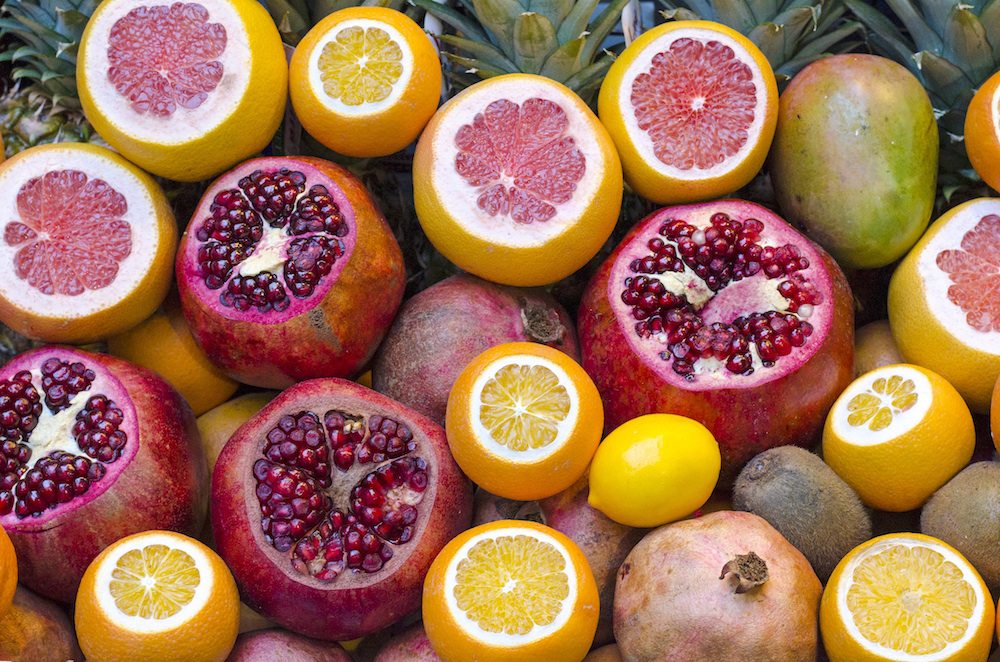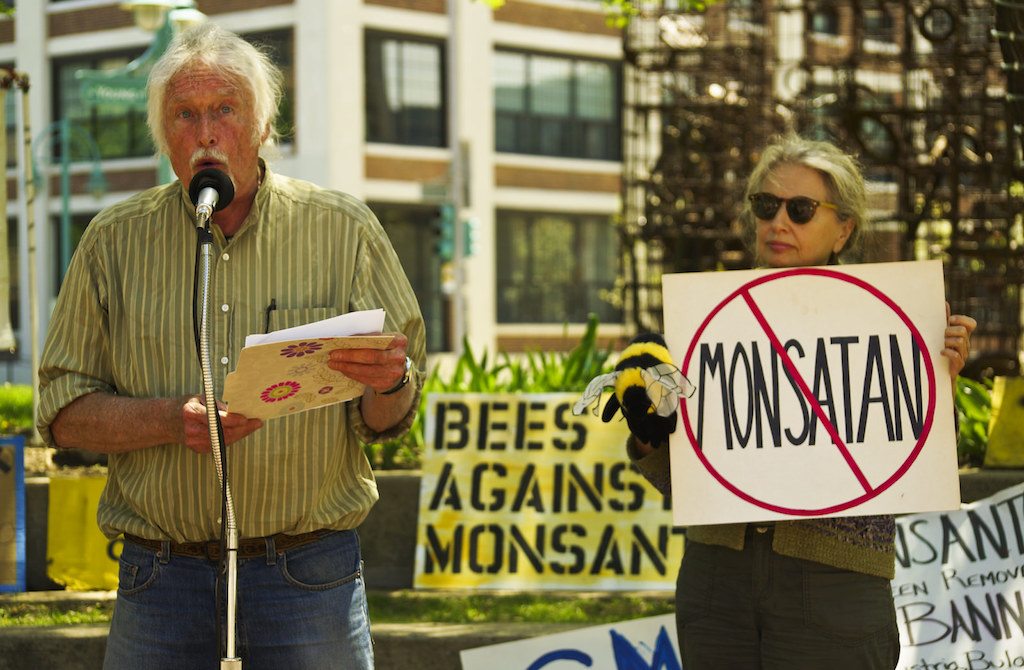You’ve likely heard by now that trade officials from the United States, Canada, and Mexico over the weekend struck a deal on a renewed trade agreement. Officially named the US-Mexico-Canada Agreement, or USMCA, it’s an update to the terms of the 24-year-old North American Free Trade Agreement, commonly known as NAFTA.
President Trump has long said that NAFTA, which in 1993 became the first agreement negotiated between two developed nations and an emerging-market country, Mexico, was “one of the worst deals ever made by any country having to do with economic development. It’s economic undevelopment as far as our country is concerned.” Perhaps. But it was also a deal that provided American eaters with nearly unlimited access to affordable ingredients from Mexico, from live heads of cattle to avocados and tomatoes, while at the same time opening the door for a deluge of cheap American corn to flow south of the border.
In Canada, unlike the U.S., the government dictates the supply levels for dairy, poultry, and egg production. Essentially, an agriculture department sets those quotas, and then the prices producers get for their goods, in return. Sound like socialism? Kind of. Canadian taxpayers don’t own the means of production, but they partially do control them. That’s a far cry from the American system, where dairy producers instead are granted relief, usually in the form of government buybacks or other price support programs, during times of overproduction.
In reporting on the world’s dairy glut last year, and a nagging tweet from President Trump about Canada “killing” American agriculture, NPR’s Dan Charles put it this way: “Canada’s system for managing its dairy industry … is the underlying cause of Trump’s complaint. When it comes to milk, Canada rejects free markets, free trade and the policy advice of most mainstream economists. And as a result, Canadian dairy farmers live in a completely different world from those in the U.S.” And what kind of world is that? One where “the price of milk that dairy farmers sell isn’t based on supply and demand. Rather, a group of people from industry and the government get together and decide what’s fair.” Sounds nice. Of course, that comes at a cost to eaters: higher prices on dairy, to the tune of around $100 per household per year, Charles reported.
Meanwhile, American farmers must always be in search of that next market. That’s what Tom Shanower, interim director of the National Institute for Food and Agriculture (NIFA), the federal agency that funds agriculture research at land-grant universities, believes. At a recent training for journalists, I asked him if America’s dairy surplus was a sign that American dairy farmers were too productive—and that, maybe, the government should be thinking of ways to slow them down. (Not unlike Canada.) Granted, Shanower is a scientist, not an economist. But he was totally baffled by my question.
President Trump hasn’t exactly told Canadian Prime Minister Justin Trudeau to tear down that wall. And Canada won’t end its quotas. But as part of the new trade agreement, the country will drop prices on those ultra-filtered products, and expand America’s share of the dairy market by 3.59 percent, boosting the amount of milk, cheese, and cream we can ship up north tariff-free.
So, USMCA: Not a revolution. Not even a long-term fix for American dairy farmers. In the words of a Canadian: “It’s not going to resolve any of their issues, but they have another dumping ground for their surplus product.”
So what’s next? Politico reports President Trump plans to sign the agreement by the end of November. Before that happens, it has to clear Congress. Both Senate Minority Leader Chuck Schumer and House Minority Leader Nancy Pelosi offered cautious support of the bill.
This story has been updated to include additional context on price supports for American farmers.
